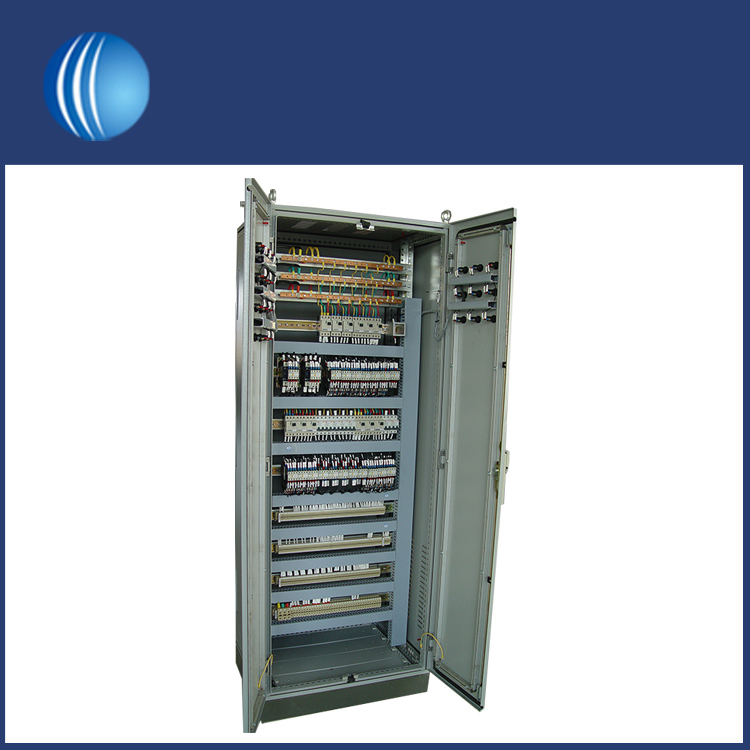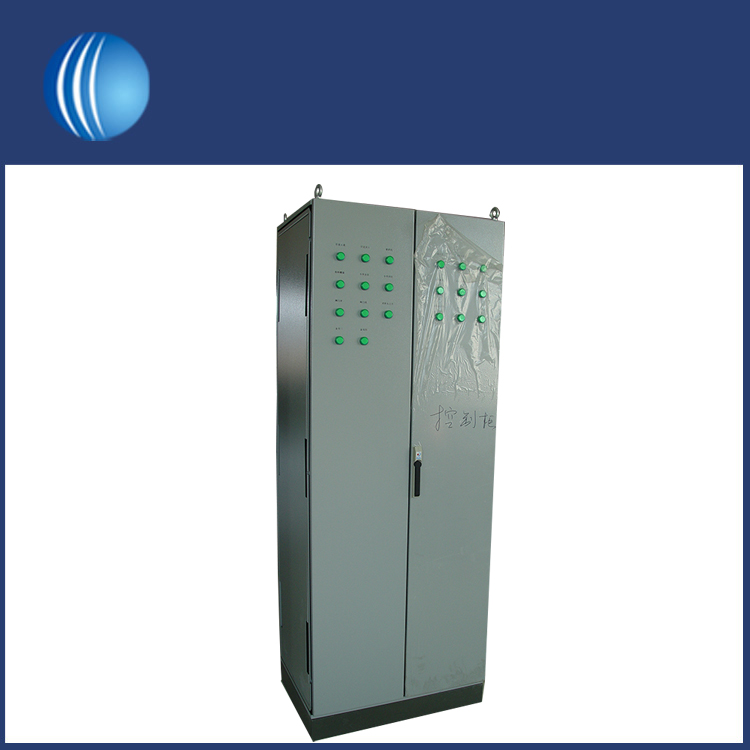
A PLC control cabinet enclosure, also known as a PLC panel or control panel, is a housing unit designed to protect and house programmable logic controllers (PLCs), electrical components, and related equipment.As a professional SKTY China agency manufacturer, we have a professional technical team, leading technical means, and comprehensive after-sales service.
Here are some key features and considerations for a PLC control cabinet enclosure:
Material: Enclosures are typically made of materials such as steel, stainless steel, or aluminum. The selection depends on the application requirements, environmental conditions, and any specific regulations or standards that need to be met.Size and layout: The size of the PLC control cabinet enclosure should be determined based on the dimensions and quantity of the control system components it needs to house. The layout should allow for easy installation, wiring, and maintenance of the equipment.
Environmental protection: The PLC control cabinet enclosure should provide adequate protection against dust, water, and other contaminants. This can be achieved through the use of gaskets, seals, and ingress protection (IP) ratings. The IP rating indicates the enclosure's level of protection against solids and liquids.

Cooling and ventilation: Since electrical components generate heat, the enclosure may require cooling and ventilation mechanisms such as fans, air conditioning units, or heat exchangers to maintain optimal operating temperatures.
Wiring and cable management: The PLC control cabinet enclosure should have provisions for cable entry and management to ensure organized and efficient wiring. Cable glands, conduits, and cable trays are commonly used for this purpose.Access and security: The PLC control cabinet enclosure should provide easy access for authorized personnel while preventing unauthorized entry. This can be achieved using locks, keypads, or other access control mechanisms.
Labeling and documentation: Clear labeling of components, wiring, and connections is essential for troubleshooting, maintenance, and future modifications. Documentation such as wiring diagrams and component lists should be readily available.Standards and regulations: Depending on the industry and application, there may be specific standards or regulations that dictate the design, construction, and installation of PLC control cabinet enclosures. It is important to adhere to these requirements for safety and compliance.
When designing or selecting a PLC control cabinet enclosure, it is advisable to consult with electrical engineers or professionals experienced in control system design to ensure that the enclosure meets the specific needs and requirements of the application.
